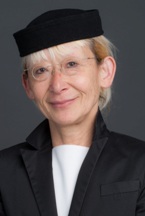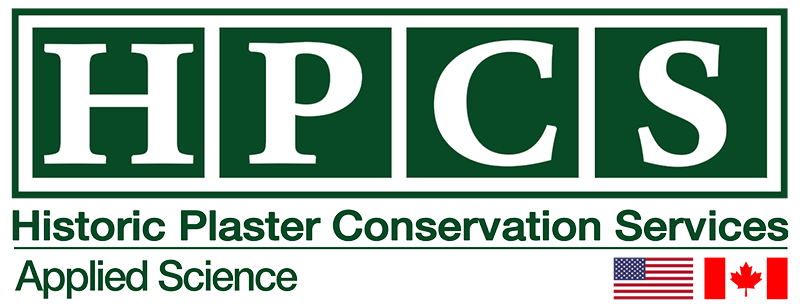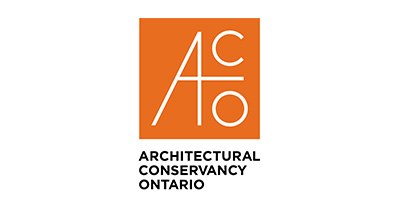About Historic Plaster Conservation Services
HPCS (Canada) is headed by the team of Eric Stewart, Rod Stewart and Masumi Suzuki. Working together since 2002, they have set a very high standard of architectural conservation performance, focused on buildings of national historic significance in both the United States and Canada.
Eric Stewart
Eric Stewart is the president of Historic Plaster Conservation Services Canada. He has a diploma in Collections Conservation and Management from Sir Sanford Fleming College, and a Master of Arts degree in history from the University of Ottawa. His upbringing in Port Hope, Ontario was immersed in the architectural conservation community where, under his father’s tutelage, he was exposed to such renowned conservation luminaries as Peter Stokes, Martin Weaver and Herb Stovel. He began his apprenticeship with HPCS in 1991, developing a firm technical grasp of the myriad challenges that fragile plaster presents. He was instrumental in helping HPCS develop and refine its state-of-the-art methods of plaster assessment and treatment, and he played a key role in developing the company’s innovative products and tools, which have dramatically improved the efficacy of plaster treatment.

Over the years – in between a few educational sojourns – Eric has managed and supervised numerous HPCS plaster conservation projects in many of Canada’s most prestigious historic buildings, including Notre Dame Cathedral (Ottawa), Rideau Hall (Ottawa), Tassie Hall (Galt), and Province House (Halifax), Dominion Building (Hamilton), George Street United Church (Peterborough), Keene United Church (Keene), Union Station (Toronto – ongoing), West Block (Ottawa), and Osgoode Hall (Toronto). He took over the day-to-day operations of HPCS in 2013.
Ray Tiedemann
Ray Tiedemann is president of Historic Plaster Conservation Services USA (HPCS) and John Tiedemann Inc. (JTI). He grew up in the liturgical plaster and paint trade with his father and uncles, eventually taking over the business and expanding its scope to include national historic site preservation work. JTI brings 60 years of expertise in plaster restoration, including ornamental, flat and historic lime plaster, and decorative painting, gilding and finishes in all types historic or heritage buildings.
In 2014, after completing a number of plaster conservation projects, Tiedemann acquired the exclusive USA rights to the HPCS methods and products. To date, HPCS USA has successfully treated fragile plaster in numerous historic buildings, including Old St. Patrick’s Cathedral, Iviswold Castle, Woolworth Building, Lyric Theatre, Grace Church and the Lower East Side Tenement Museum. HPCS USA is headquartered in North Arlington, New Jersey.

Rod Stewart
Rod Stewart developed a passion for resolving plaster issues in the 1980s while working on buildings owned by the Ontario Heritage Foundation. In 1988, he formed Historic Plaster Conservation Services (HPCS) to pursue opportunities in the very specific field of architectural plaster conservation. He is now recognized as one of North America’s foremost experts on the problems that afflict all types of plaster in historic buildings. A frequent presenter on the subject of plaster conservation at APTI conferences and other such events, he has invented, developed and patented many application tools and products, all designed to improve the efficacy of plaster treatment programs. Several of the research papers authored by Mr. Stewart are featured in the Document Library section of this website.

Masumi Suzuki
Masumi Suzuki attended art college in Tokyo and worked extensively in the Japanese film industry, most notably on Dodes’ka-den, the first film in colour by renowned director, Akira Kurasawa. Other international film projects followed, one of which led to Ms. Suzuki’s emigration to Canada in 1979. After working on a good number of North American films, she joined HPCS (Canada) in 2002 to pursue her interest in heritage building conservation. Amongst her various functions at HPCS is managing the Research & Development Department. Most recently, Ms. Suzuki developed a new HPCS product, TRI-FunoriTM , derived from seaweed harvested from the Sea of Japan.

“We are always on the lookout for opportunities to explore and research technical issues related to the longevity of plaster and stucco surfaces.”






